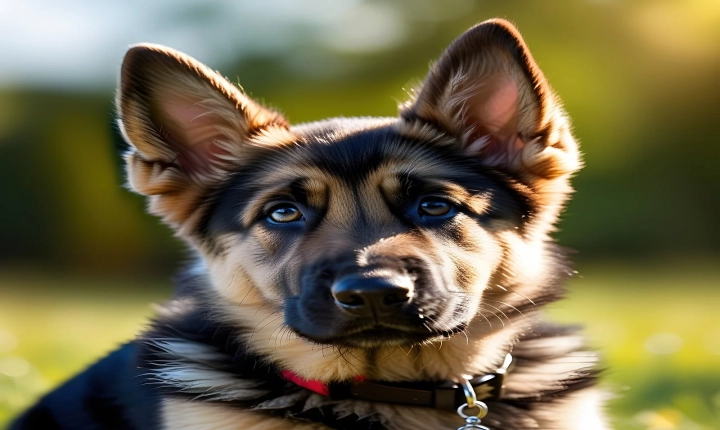AI Art: A Creative Intersection of Technology and Humanity
Art has always been a reflection of human creativity, imagination, and emotion. From ancient cave paintings to modern digital masterpieces, the evolution of art has mirrored the evolution of human civilization. In recent years, a new dimension has been added to the world of art with the emergence of AI art, a fascinating intersection of technology and creativity.
AI art, also known as generative art, refers to artworks created with the assistance of artificial intelligence algorithms. These algorithms are trained on vast datasets of images, paintings, and other artistic expressions, and then they use this information to generate new and unique artworks. The results can range from surreal and abstract to strikingly realistic, often blurring the lines between human and machine creativity.
So how do people actually create AI art? The process begins with collecting and curating a database of images and artistic styles. These could be paintings, photographs, sketches, or any other visual content that serves as the foundation for the AI algorithm to learn from. Once the dataset is compiled, the algorithm is trained using machine learning techniques to understand the patterns, styles, and characteristics of the artworks.
After the training phase is completed, the AI algorithm can start generating new art. This can be done in various ways, such as by providing the algorithm with prompts, styles, or other input parameters to guide its creative output. The algorithm then uses its learned knowledge to produce a piece of art that reflects the input, but also incorporates its own unique interpretation and style.
One of the most popular techniques for creating AI art is using a method called “style transfer.” This involves taking a base image and applying the characteristics and style of another image onto it. For example, a photograph of a cityscape could be transformed into a painting that mimics the style of Vincent van Gogh, or a portrait could be reimagined in the bold and colorful patterns of abstract art.
Another approach to AI art involves creating entirely new and original artworks through the use of generative adversarial networks (GANs). GANs are a type of AI model in which two neural networks, known as the generator and the discriminator, are pitted against each other. The generator creates new images, while the discriminator evaluates them for authenticity. Through this process of competition and feedback, GANs can produce astonishingly realistic and innovative artworks.
The implications of AI art go beyond just the technical process of creation. It raises profound questions about the nature of creativity, authorship, and the role of technology in shaping artistic expression. Can a machine truly be creative? Who is the “artist” in a work of AI art – the human who trained the algorithm, the algorithm itself, or both? These questions challenge our traditional concepts of art and push us to reconsider the boundaries of human and machine collaboration.
Furthermore, the emergence of AI art has sparked new conversations about the democratization of creativity. With the help of AI algorithms, individuals who may not have traditional artistic skills can now explore and express themselves in new and exciting ways. AI art tools and platforms have made it possible for people around the world to engage in the creative process, generating artworks that reflect their unique perspectives and experiences.
While AI art undoubtedly opens up new frontiers of creativity, it also raises ethical concerns and challenges. As AI algorithms become more sophisticated and capable of producing highly convincing artworks, questions of intellectual property, copyright, and cultural appropriation come to the forefront. Additionally, the potential for AI-generated art to be used for misinformation, propaganda, or other nefarious purposes underscores the need for ethical guidelines and responsible use of this technology.
In conclusion, AI art represents a fascinating convergence of technology and human creativity. It pushes the boundaries of what we consider to be art, challenges traditional notions of authorship and creativity, and empowers individuals to engage in the creative process in unprecedented ways. As AI continues to advance, the realm of AI art will surely evolve, inspiring new forms of expression, and sparking important conversations about the future of creativity and technology.
Whether AI art is seen as a threat to traditional artistic practice or a powerful tool for democratizing creativity, one thing is certain – it has opened a new chapter in the ongoing story of human expression and ingenuity. As we navigate this rapidly changing landscape, it is essential to approach AI art with a sense of curiosity, critical thinking, and a deep appreciation for the boundless capacities of human and machine collaboration.
